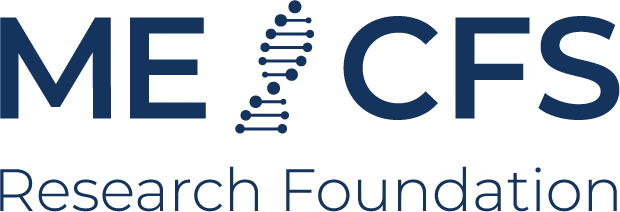Applied Biospectroscopy and Bioassays
About
Organisation:
Working group head:
Location:
Jena, Germany
Research types:
Basic research
Link
Website
Description
A major focus of the Applied Biospectroscopy and Bioassays group is to advance and standardize the application of optical detection methods with regard to important fields of application in the life sciences and medicine and, last but not least, to make them more user-friendly. Amongst other detection methods Raman spectroscopy is applied, as it allows retrieving highly specific information regarding the molecular composition of various biological samples. For example, the characterization of cellular phenotypes is realized, but also in-vitro studies with active substances are carried out. As Raman spectroscopy is generally non-destructive, the use of complementary methods such as PCR (polymerase chain reaction) or NGS (next generation sequencing) is easy and straightforward, so that comprehensive information on the samples can be obtained. Through the concurrent development of customized sample preparation strategies for different issues, the potential of the detection methods used is fully exploited. The implementation of such strategies in the process or analysis chain makes it possible to address samples of complex composition and to work with very small volumes. By automating process steps and introducing standards and references, assays can be established with a high degree of reliability. For developing novel sample preparation methods, the working group is researching different approaches for surface modification. The aim here is to generate functional interfaces that allow, for example, the targeted enrichment of analytes or cells. By using surface-sensitive methods, not only can the quality of the functionalization be evaluated, but interactions between capture molecules or recognition elements and analytes can also be investigated. Accordingly, these activities play a vital role in the development of innovative sample preparation strategies. Description adapted from working group website: see link above. Research projects
2
Research areas
3
Research types
2
Research networks
1
People
1
Research projects
Raman spectroscopic signatures of blood cells
Project status:
Ongoing
Country:
Germany
Principal investigator:
Anuradha Ramoji
Organisations:
Leibniz Institute of Photonic Technology
Research period:
2024-11
to 2027-11
to 2027-11
Research types:
Basic research
Research areas:
Immune system dysfunction, Musculoskeletal system dysfunction
Relevance of Raman spectroscopic signatures from blood cells in ME/CFS diagnostics
Project status:
Ongoing
Country:
Germany
Principal investigator:
Anuradha Ramoji
Organisations:
Leibniz Institute of Photonic Technology
Research period:
Not available
Research types:
Basic research
Research areas:
Immune system dysfunction, Musculoskeletal system dysfunction
